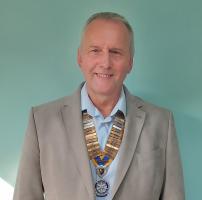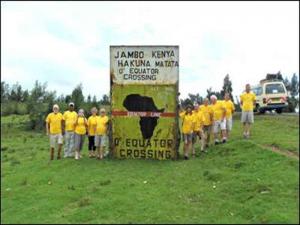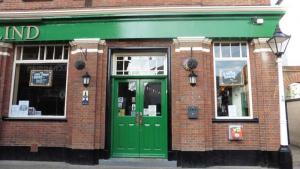Tomb of Tutankhamun
Wed, Aug 31st 2022 at 7:00 pm - 9:00 pm
Talk by Ken Brooks
The club’s speaker on 31st August 2022 was Ken Brook, the chairman of Hastings and District Geological Society. Ken took us on Howard Carter’s journey as he opened the tomb and found many "wonderful things", and his enormous task of recording, removing and preserving the thousands of objects that filled the four chambers of the tomb. In 1914, Lord Carnarvon received the concession to dig in the Valley of the Kings, Howard Carter who had previously worked for Lord Carnavon on other excavations led the work, undertaking a systematic search of the Valley for any tombs missed by previous expeditions, in particular that of the Pharaoh Tutankhamun. Excavations were interrupted during the First World War, but resumed in late 1917. By 1922, little of significance had been found and Lord Carnarvon decided this would be the final year he would fund the work. However, on 4 November 1922, Carter was able to send a telegram to Lord Carnarvon, in England, saying: "At last we have made wonderful discovery in Valley; a magnificent tomb with seals intact; re-covered same for your arrival; congratulations".
Whilst digging a trench under another tomb a staircase had been found at a lower level; after clearing the steps a door with Tutunkhamum’s seal was revealed. Was this the undiscovered tomb of Tutankhamum? A hole was made in the door and candle light revealed a chamber full of artefacts. The next morning, the 27 November, saw an inspection of the tomb in the presence of an Egyptian official. Callender, Howard’s assistant, rigged up electric lighting, illuminating a vast haul of items, including gilded couches, chests, thrones, and shrines. They also saw evidence of two further chambers, including the sealed doorway to the inner burial chamber, guarded by two life-size statues of Tutankhamun In spite of evidence of break-ins in ancient times, the tomb was virtually intact, and would ultimately be found to contain over 5,000 items. Carter carefully removed all the items having photographed and numbered them before transporting them to Cairo’s museum. Lord Carnarvon travelled to England in December 1922, returning in January 1923 to be present at the official opening of the fourth chamber, the inner burial chamber, on 16 February. And what a sight greeted them, through a small opening the saw a golden wall which was revealed to be the outer of a number of shrines. When the shrines had been removed a sarcophagus was visible and this contained a series of coffins within coffins, the final one of which contained the mummified body of Tutunkhamum. His head was covered with a golden mask, one of the best-known treasures to be found in the tomb. It was over 3,000 years since it had been seen by human eyes.
Sadly, Lord Carnarvon was bitten by a mosquito and later died from the infection before the excavations were completed, the start of the stories about the curse of the tomb. Carter continued with the work.
'What We Do' Main Pages:
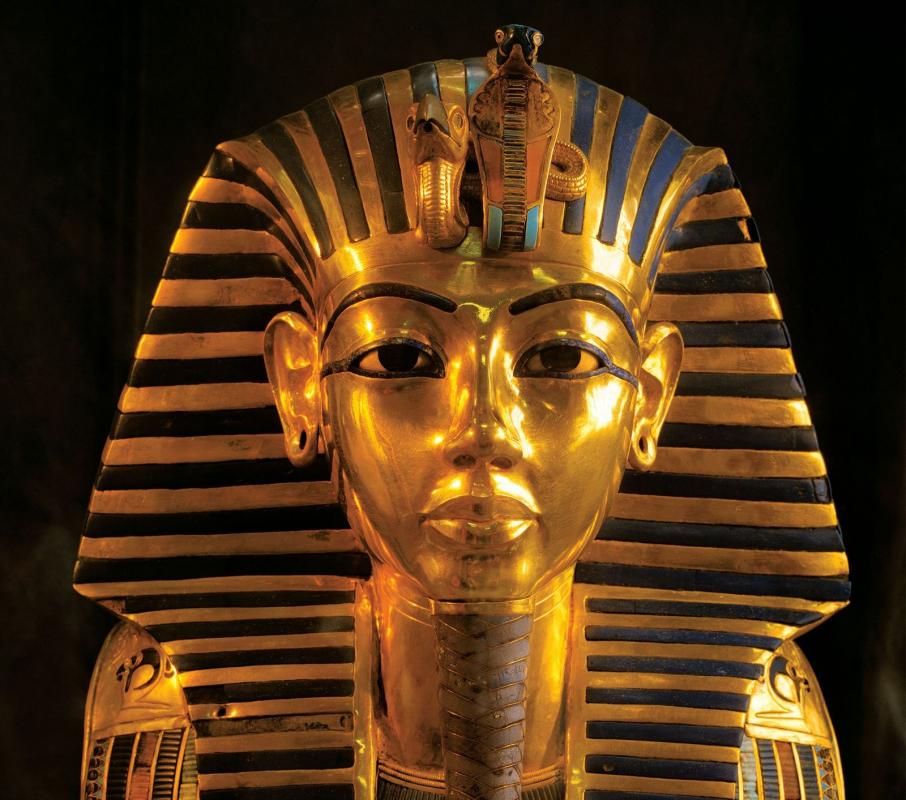
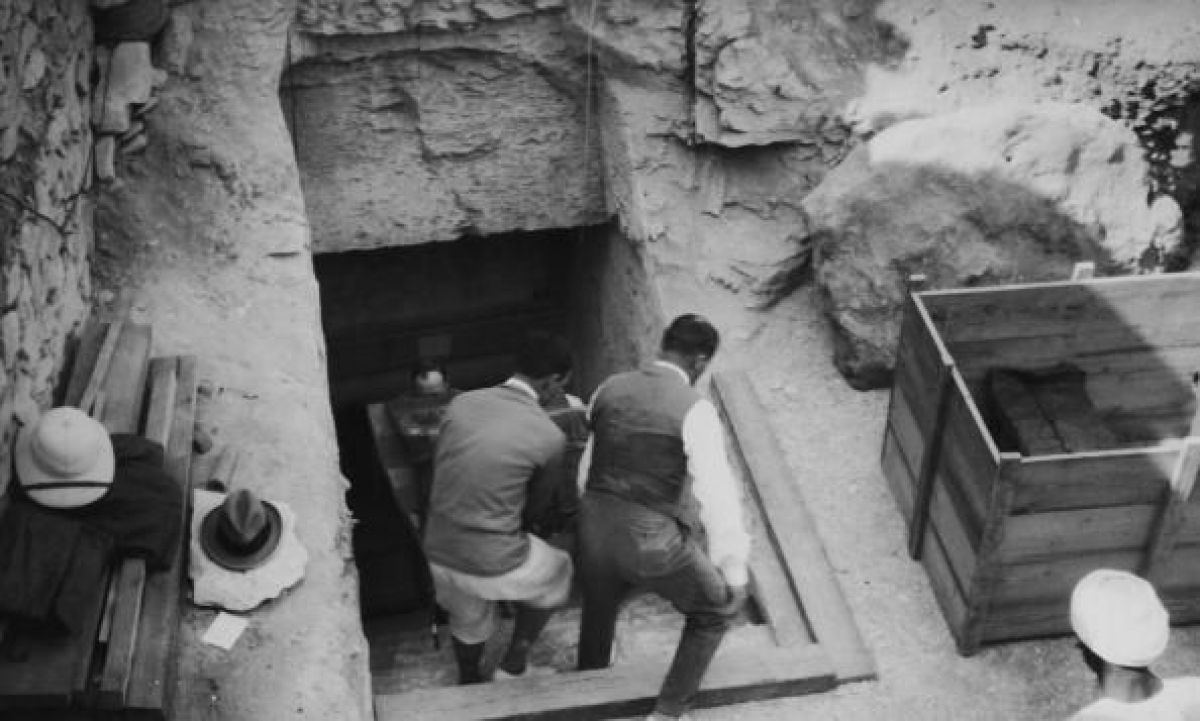
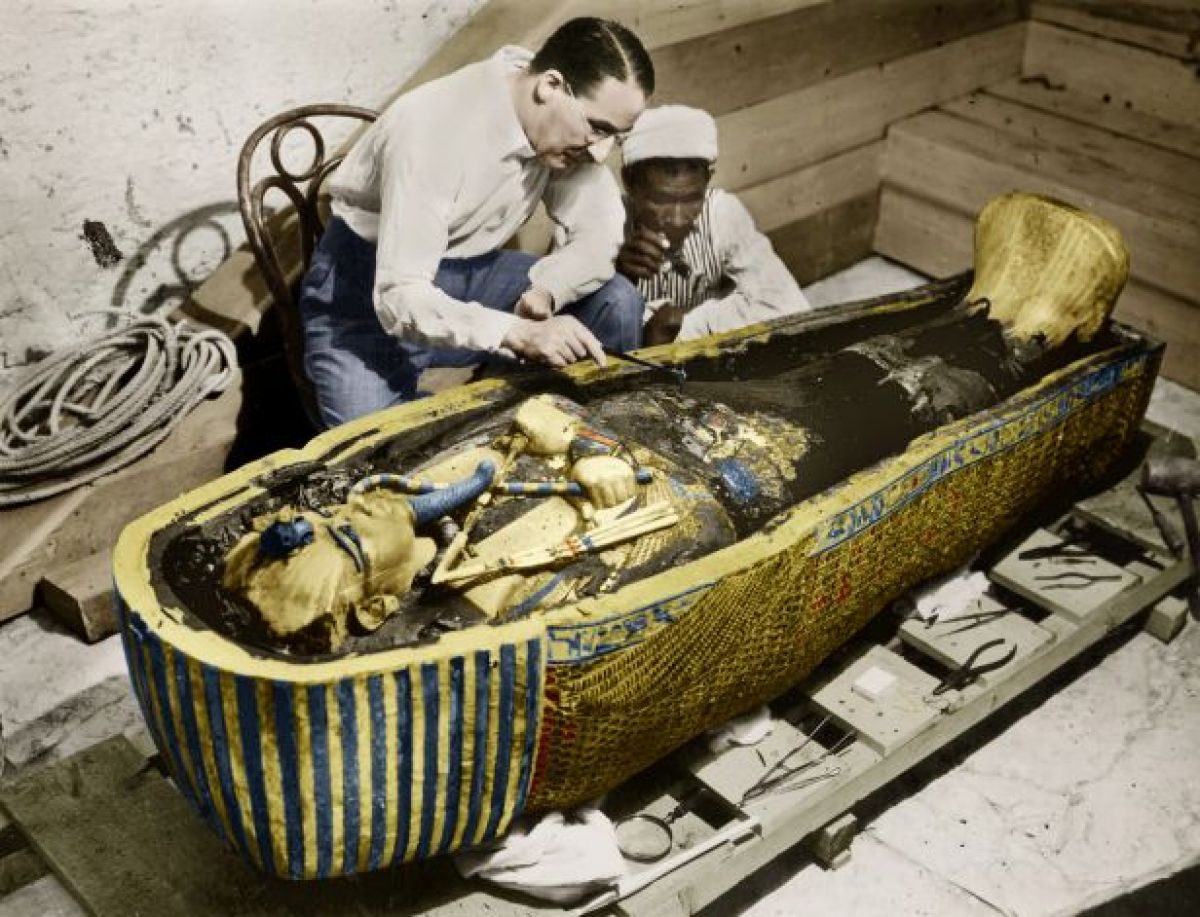
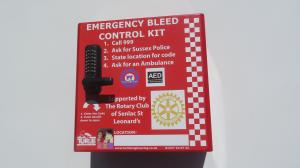
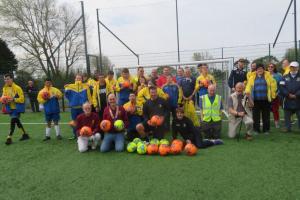
.jpg)
